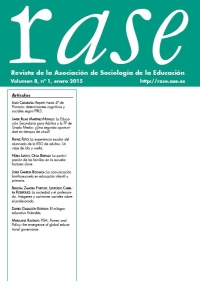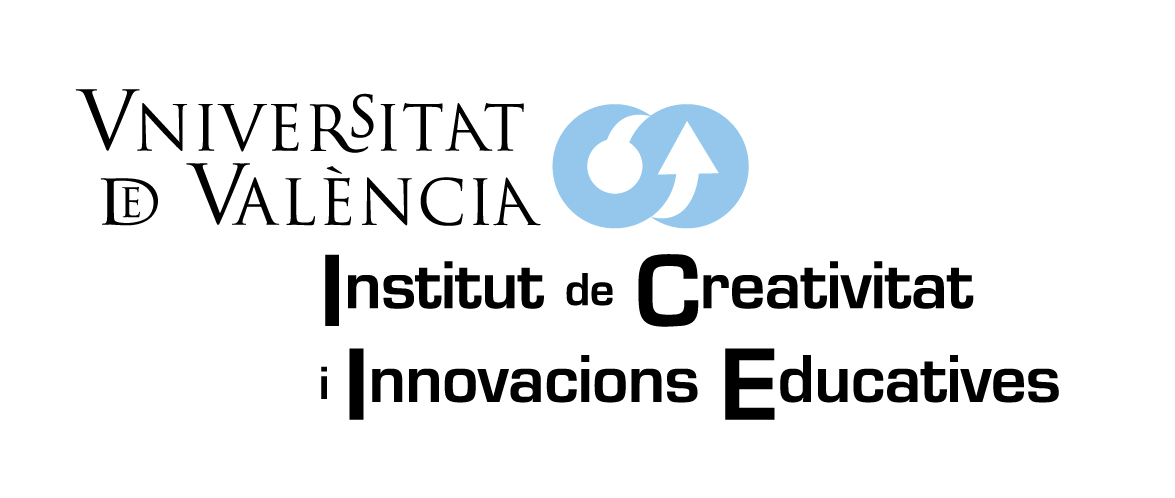Repetir hasta 4º de Primaria: determinantes cognitivos y sociales según PIRLS
DOI:
https://doi.org/10.7203/RASE.8.1.8758Keywords:
Grade retention Abstract
Abstract
This paper deals with the determinants of grade retention until the fourth year of Primary Education in Spain, taking advantage from the information in PIRLS data on children’s abilities and parental teaching practices prior to primary school. It is based on a multiple regression which stepwise introduces the children’s sex and quarter of birth, habitat, the existence of diglosia between home and school, the cultural level at home (books, mather’s education), reading and counting teaching by parents, years of preschooling, abilities prior to primary school, various types of motivation, parents control, learning resources at home, PIRLS reading score and three variables at the school level: private management, means level in PIRLS reading score and retention rate. The study finds strong effectts of singular schools, hardlymnoted before in the literature. It confirms previous results on the main role of cognitive competences while removing doubts on endogeneity through the measurement of abilities before primary school.
It moreover confirms the minor role of social factors, as well as their persistence after controlling for their assotiation with cognitive abilities. It finds very weak effects for teaching resources and habits, both domestic and scholastic, which hardly reduce the residual coefficientes of the social variables; finally, it suggests how to continue research on the non cognitive determinants of grade retention.
 Downloads
Downloads
Downloads
Published
How to Cite
-
Abstract1407
-
PDF (Español)832
Issue
Section
License
![]()
This work is licensed under a Creative Commons Reconocimiento-NoComercial-CompartirIgual 4.0 Internacional.




